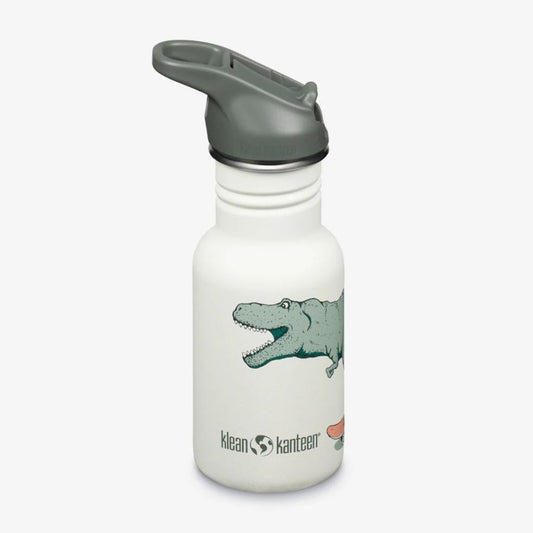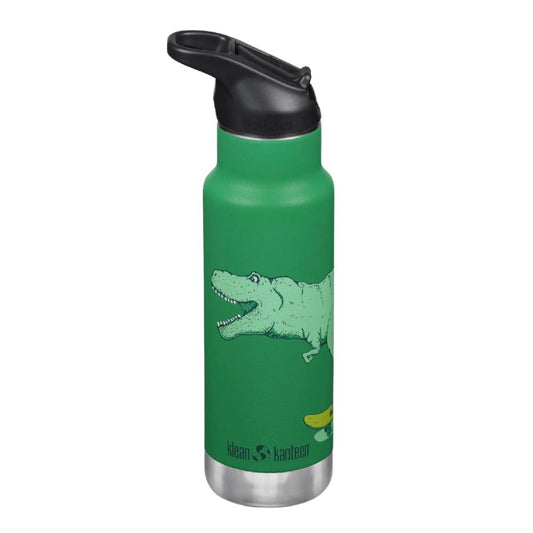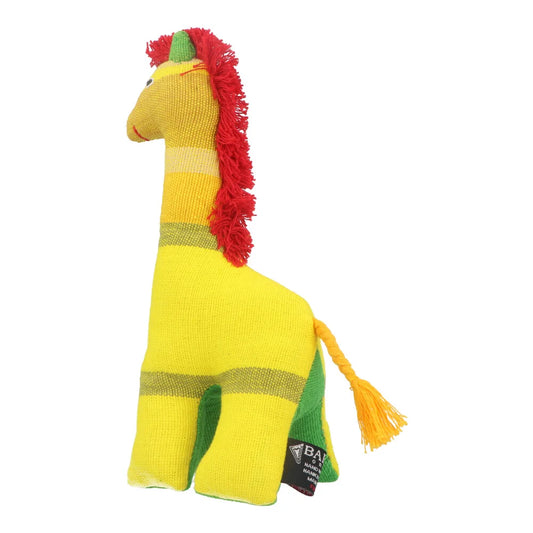
After a modern trend towards plastic, many home cooks and professional chefs are switching from plastic back to wooden cutting boards. This change isn't just about aesthetics—it's about hygiene, maintenance, environmental impact, and functionality. In this post, we'll answer all the common questions and concerns you may have when making the switch from plastic to wood chopping boards.
Why Should I Switch to a Wooden Cutting Board?
1. Environmental Impact
Wooden cutting boards are more eco-friendly. Made from crude oil, plastic boards contribute to pollution, both during production, and as they wear out, and are disposed of.
Wood is a renewable resource, but it is important to look for a board that has been made from sustainably harvested timber. Please do avoid Teak, as this wood is always sourced from the rainforests of South East Asia that are home to endangered species.
In Australia, Camphor Laurel wood is a popular choice for cutting boards. This wood is not only durable and attractive, but also has natural antibacterial properties. Camphor Laurel is classified as an invasive weed in Australia, so using it for cutting boards helps manage this environmental issue, while not contributing to deforestation of native forests.
2. Health Benefits
Using wooden cutting boards avoids contaminating food with micro-plastics. As plastic boards wear down, they can release micro-plastic particles that may end up in your food. Switching to wood reduces this risk, providing a healthier option for food preparation.
3. Knife Friendliness
Wood is gentler on your knives compared to plastic. Using a wooden cutting board can help maintain your knife's sharpness longer, reducing the need for frequent sharpening.
4. Aesthetic Appeal
Wooden chopping boards add a rustic, natural touch to any kitchen.
They can also double as stylish serving boards for cheese, charcuterie, and platters, making them versatile kitchen tools.
Are Wooden Cutting Boards Hygienic?
Yes, wooden cutting boards are hygienic if maintained properly.
1. Natural Antibacterial Properties
Studies have shown that wood has natural antibacterial properties. Certain types of wood, such as maple, walnut and camphor laurel, can trap and kill bacteria.
2. Cleaning
To keep your wooden cutting board hygienic, wash it with hot, soapy water after each use, especially after cutting raw meat. Rinse thoroughly and dry immediately to prevent water absorption and warping.
3. Deep Cleaning
Occasionally, disinfect your board by wiping it down with white vinegar or lemon juice and salt. After disinfecting, rinse and dry thoroughly.
How Do I Maintain a Wooden Cutting Board?
1. Regular Oiling
Wood can dry out and crack over time. Regularly oil your cutting board with food-grade oil such as Gilly's Chopping Board oil, or beeswax to keep it moisturised. Apply the oil, let it soak in for a few hours or overnight, and then wipe off the excess.
2. Avoid Soaking
Never soak a wooden cutting board in water. Prolonged exposure to water can cause the wood to warp and crack. Always dry your board immediately after washing.
3. Sanding
Wooden boards can last a lifetime if cared for, and you if your board becomes rough or stained, you can even sand it down to refresh the surface. Use fine-grit sandpaper and sand in the direction of the wood grain.
Can I Use a Wooden Cutting Board for All Types of Food?
Yes, but with caution.
1. Cross-Contamination
To avoid cross-contamination, it’s a good practice to use separate boards for raw meat and other foods. You can designate one wooden board for fruits, vegetables, and bread, and use another board for raw meat.
At Biome, we offer a board with a juice rail that is ideal to differentiate between uses. In some homes, this board it designated for meat, but in yours it might be for fruits and vegetables, as it is ideal for catching the liquid from juicy fruit like tomatoes, oranges, watermelon and pineapple.
2. Proper Cleaning
Always clean your cutting board thoroughly after cutting raw meat to prevent the spread of bacteria. Following proper cleaning protocols ensures safety when switching between different types of food.
Will a Wooden Cutting Board Last Longer Than a Plastic One?
1. Durability
With proper care, a wooden cutting board will outlast plastic boards that tend to develop grooves, cracks and plastic deterioration over time.
2. Repairability
Wooden boards can be sanded down and refinished if they become damaged or stained, whereas plastic boards often need to be replaced once they become worn.
End of Life: What Happens to Cutting Boards?
1. Plastic Cutting Boards
Most plastic cutting boards are not easily recyclable in Australia due to contamination and the type of plastic used. They often end up in landfills, contributing to environmental pollution.
2. Wooden Cutting Boards
At the end of their very long life, wooden cutting boards can be composted or repurposed. They are biodegradable and have a much lower environmental impact compared to plastic boards.
Switching from plastic to wooden chopping boards offers numerous benefits. The durability and natural antibacterial properties make them a worthy addition to any kitchen. By following proper care guidelines, you can enjoy a hygienic, long-lasting, and beautiful cutting surface for all your culinary adventures.
Ready to make the switch? Explore our range of high-quality wooden cutting boards made from Camphor Laurel by a small Queensland regional busienss.







































